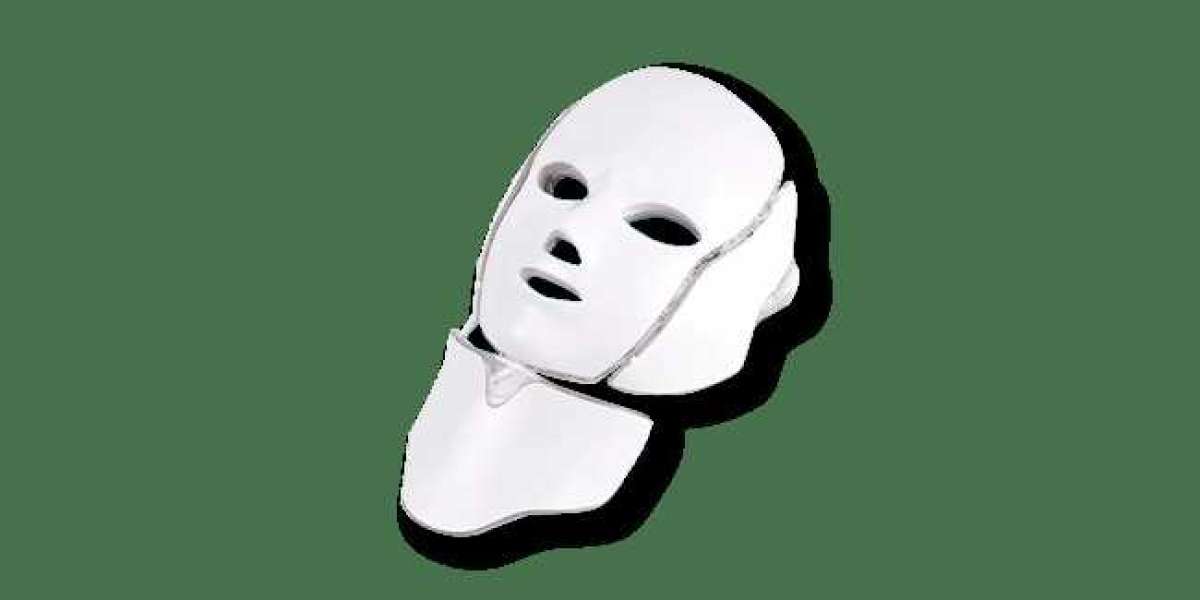When using Mounjaro needles for the treatment of type 2 diabetes or obesity, it’s essential to be aware of potential side effects and know how to manage them effectively. As with any medication, Mounjaro may cause some adverse reactions in certain individuals, but most of these can be managed with proper guidance from healthcare professionals. In this blog, we’ll delve into the most common side effects of Mounjaro needles and explore tips for managing them, ensuring that patients can maintain a healthy and comfortable treatment experience.
Understanding Mounjaro and Its Potential Side Effects
Mounjaro, a GLP-1 receptor agonist, has been proven effective for managing type 2 diabetes and aiding in weight loss. It works by regulating blood sugar levels and helping patients feel fuller longer, which contributes to its weight-loss benefits. Despite its effectiveness, Mounjaro needle ابرة مونجارو can cause side effects, especially when patients first begin using the needles.
Some of the common side effects associated with Mounjaro include:
Gastrointestinal Issues: Nausea, vomiting, diarrhea, and constipation are common among users, particularly when starting the treatment. These symptoms often improve as the body adjusts to the medication.
Appetite Changes: Mounjaro is designed to curb appetite, which may lead to some users experiencing reduced hunger or a lack of interest in food. While this is generally a positive side effect for weight loss, it may also be uncomfortable for some patients.
Injection Site Reactions: Some individuals may experience redness, swelling, or pain at the injection site. These reactions are typically mild and fade after a short period.
Headache and Fatigue: A small number of people using Mounjaro report experiencing headaches or fatigue, especially when they first begin using the needles.
Potential for Hypoglycemia: Although Mounjaro is not likely to cause low blood sugar on its own, it can increase the effects of other diabetes medications that lower blood sugar. As a result, some patients may experience hypoglycemia when combining Mounjaro with other drugs.
Tips for Managing Side Effects of Mounjaro Needles
While side effects are common, many of them are temporary and manageable. Here are several strategies for minimizing discomfort and improving your overall experience with Mounjaro:
1. Start with a Low Dose
One of the best ways to manage the initial side effects of Mounjaro is to start with a low dose and gradually increase it as your body adjusts. Many patients experience fewer gastrointestinal issues when they ease into the medication rather than starting at a higher dose right away. Your healthcare provider can help you determine the appropriate starting dosage and make adjustments as needed.
2. Eat Small, Frequent Meals
If you’re experiencing nausea or other gastrointestinal issues, eating smaller, more frequent meals can help. This approach ensures that your stomach isn’t empty, which can exacerbate nausea, while also preventing overeating, which can be difficult if your appetite is suppressed. Opt for bland, easy-to-digest foods such as crackers, toast, or bananas to reduce irritation.
3. Stay Hydrated
Dehydration can worsen side effects like nausea and constipation. Ensure that you drink plenty of water throughout the day. If you experience diarrhea or vomiting, it's especially important to replenish fluids and electrolytes to prevent dehydration. Consider drinking oral rehydration solutions if you’re experiencing more severe symptoms.
4. Rotate Injection Sites
Injection site reactions such as redness, swelling, and pain are common when using Mounjaro needles. To minimize these effects, rotate your injection sites regularly. Avoid injecting into the same spot on your body to allow your skin to heal and reduce irritation. Typically, areas like the abdomen, thigh, or upper arm are common places for injection, but your healthcare provider can advise you on the best locations.
5. Gradually Adjust to Appetite Changes
Mounjaro’s ability to suppress appetite may be uncomfortable for some individuals, particularly those who find it difficult to eat enough or keep a balanced diet. If you notice a significant reduction in appetite, try to focus on nutrient-dense foods that provide essential vitamins and minerals in smaller quantities. If appetite changes become problematic, speak with your doctor, who may be able to adjust your dosage or suggest a meal plan.
6. Monitor Your Blood Sugar Levels
If you're using Mounjaro alongside other diabetes medications, it’s important to regularly monitor your blood sugar levels. This will help you detect any potential hypoglycemic episodes and adjust your insulin or other medications accordingly. Your healthcare provider may help you establish a plan for managing blood sugar levels effectively.
7. Take Medications for Symptom Relief
Over-the-counter medications may help manage some of the milder side effects of Mounjaro. For example, anti-nausea medications or antacids may relieve symptoms of gastrointestinal distress. However, you should always consult with your healthcare provider before taking any additional medications to ensure they won’t interact with Mounjaro.
8. Stay in Close Contact with Your Healthcare Provider
Lastly, keeping an open line of communication with your healthcare provider is crucial when managing side effects. If you experience persistent or severe side effects, your doctor may adjust your dosage or suggest a different treatment option. Regular check-ups will ensure that your treatment plan is effective and that side effects are minimized.
When to Seek Medical Attention
While most side effects are mild and improve over time, there are certain instances when it’s important to seek immediate medical attention:
- Severe allergic reactions: Symptoms such as difficulty breathing, swelling of the face or throat, or rash may indicate an allergic reaction.
- Severe gastrointestinal distress: If nausea, vomiting, or diarrhea become intense or prolonged, it could lead to dehydration or other complications.
- Symptoms of hypoglycemia: If you experience symptoms like dizziness, shakiness, confusion, or fainting, it may be a sign of low blood sugar.
Conclusion
Managing side effects when using Mounjaro needles is an important part of the treatment process. By following your healthcare provider’s instructions and adopting strategies like starting with a low dose, rotating injection sites, and maintaining proper hydration, you can effectively manage the side effects and continue your journey toward better health. Always stay informed about your body’s response to the medication and communicate with your doctor if side effects become concerning. With the right approach, Mounjaro can be a powerful tool in managing type 2 diabetes and obesity, helping you live a healthier life.














